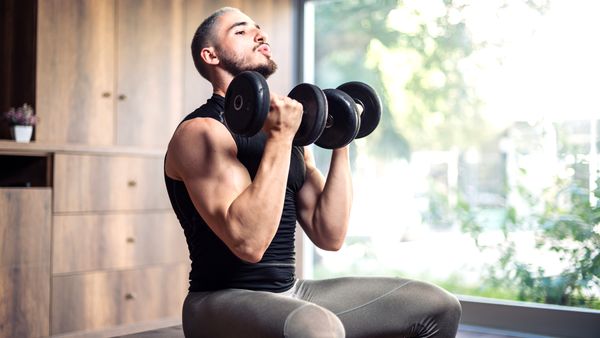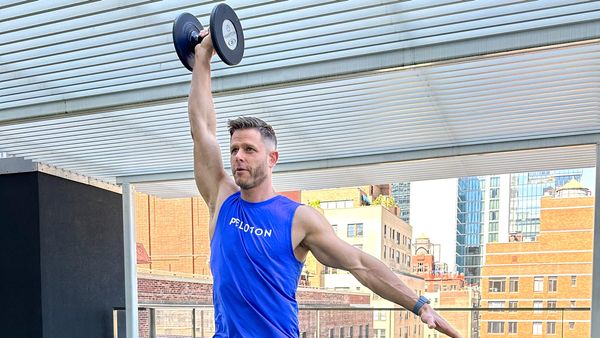
People often think building strength and muscle can only be achieved at the gym, but this just isn’t the case (unless you’re planning to become the next Mr Olympia which, let’s be honest many of us aren’t). The majority of us are simply looking to add a bit of size and increase our strength, both of which can easily be accomplished at home.
Fitness trainer Elise Young, has shared five tips that can help set you on the right path to building your physique at home. From investing in home gym equipment to following progressive overload principles, here are five fundamentals that can help you make some solid gains.
1. Invest in a pair of dumbbells
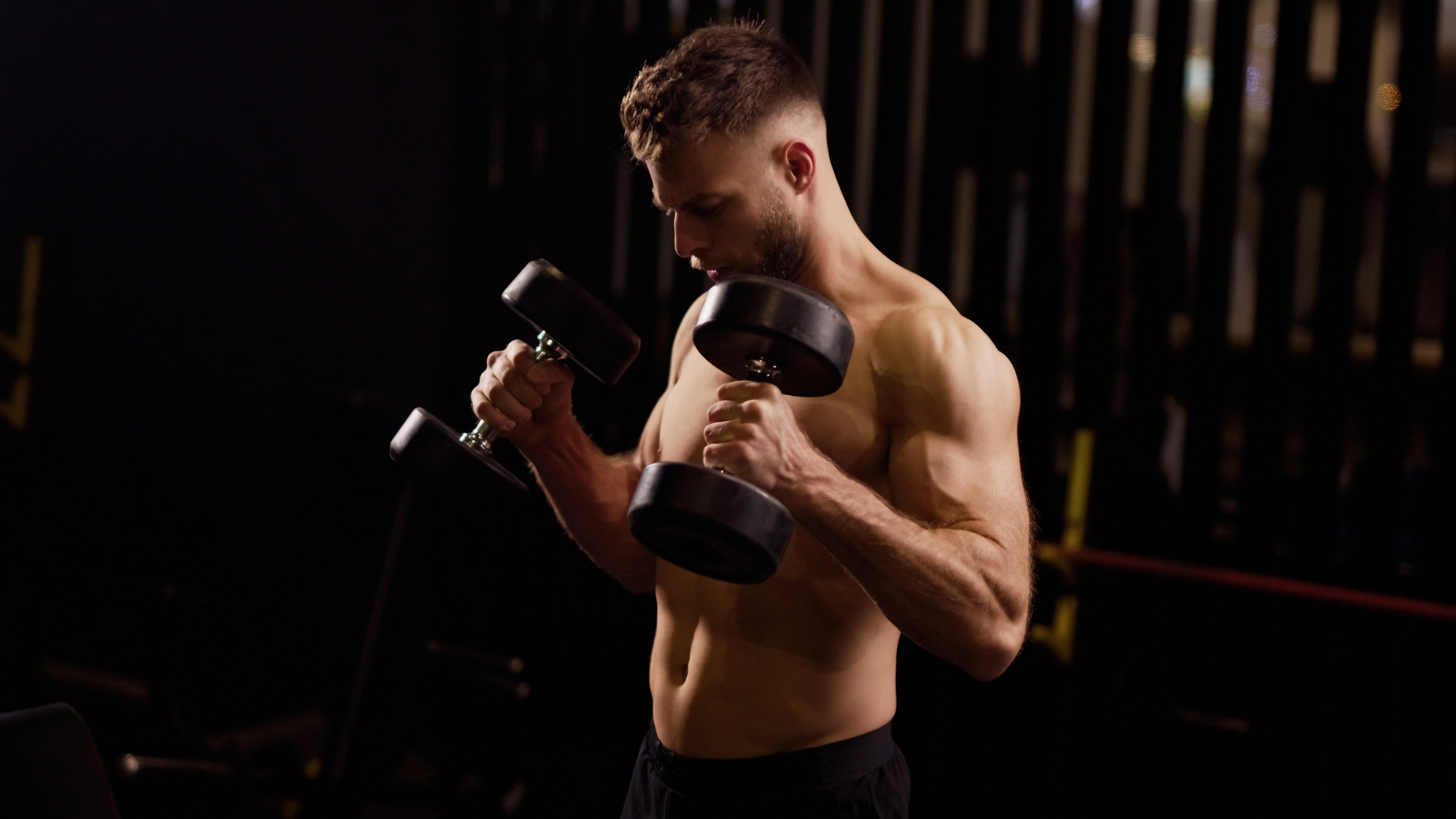
Resistance training is the most effective way to develop muscle and boost strength, and one of the best pieces of equipment you can invest in (if not the best) is a pair of dumbbells (followed by a weight bench).
There’s a reason why the dumbbell rack is the most popular spot in the gym, and it’s because it’s such a versatile piece of equipment. You can train your entire body with a set of dumbbells, build muscle, expedite fat loss, and increase total body strength – whatever your fitness goal is, it can most likely be achieved with a set of dumbbells.
Ideally, it’s a good idea to have a pair of light, medium, and heavy dumbbells for better variety and to help with your progress. But, an alternative is opting for a pair of adjustable dumbbells. They are more expensive, but they'll save you space and money in the long run so you don't have to keep buying individual sets.
2. Train three to four times a week
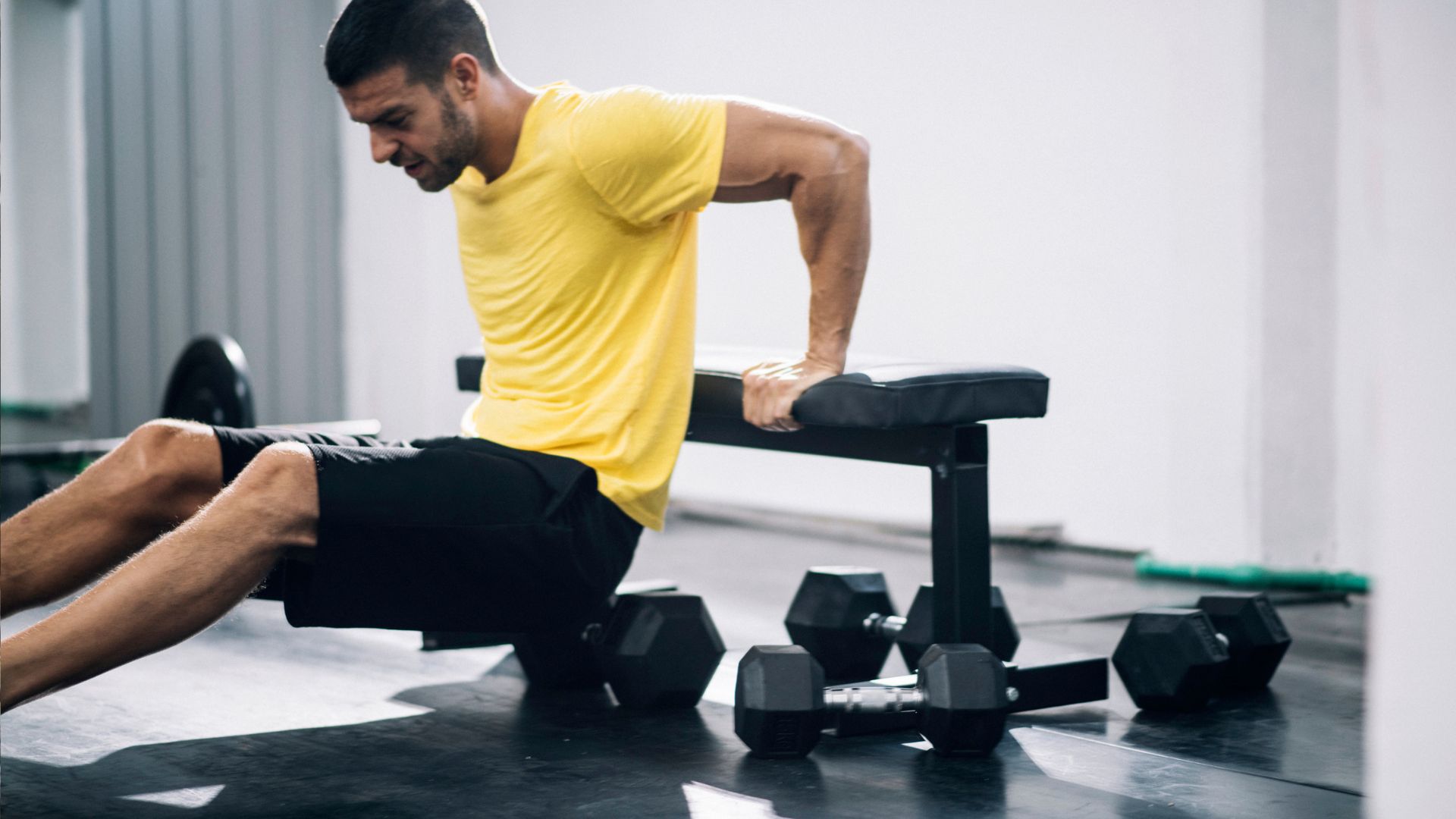
Building strength and muscle isn’t an overnight process, it takes time, dedication, and consistency. But, that doesn’t mean you need to go crazy and start training six times a week (evidence actually shows that engaging in resistance training six times a week provides the same strength benefits as training three times a week). A study published in the New Zealand Journal of Sports Medicine also reported that you only need to train your major muscle groups twice a week to maximise muscle growth.
Elise recommends three to four workouts a week but, remember, you need to be able to fit training in around your other life commitments. Plus, the evidence clearly shows that two workouts still deliver results. If you can only train two times a week, do two full-body workouts; if it’s only three times a week, either opt for three full-body sessions or do one upper, one lower and one full-body.
3. Follow a programme
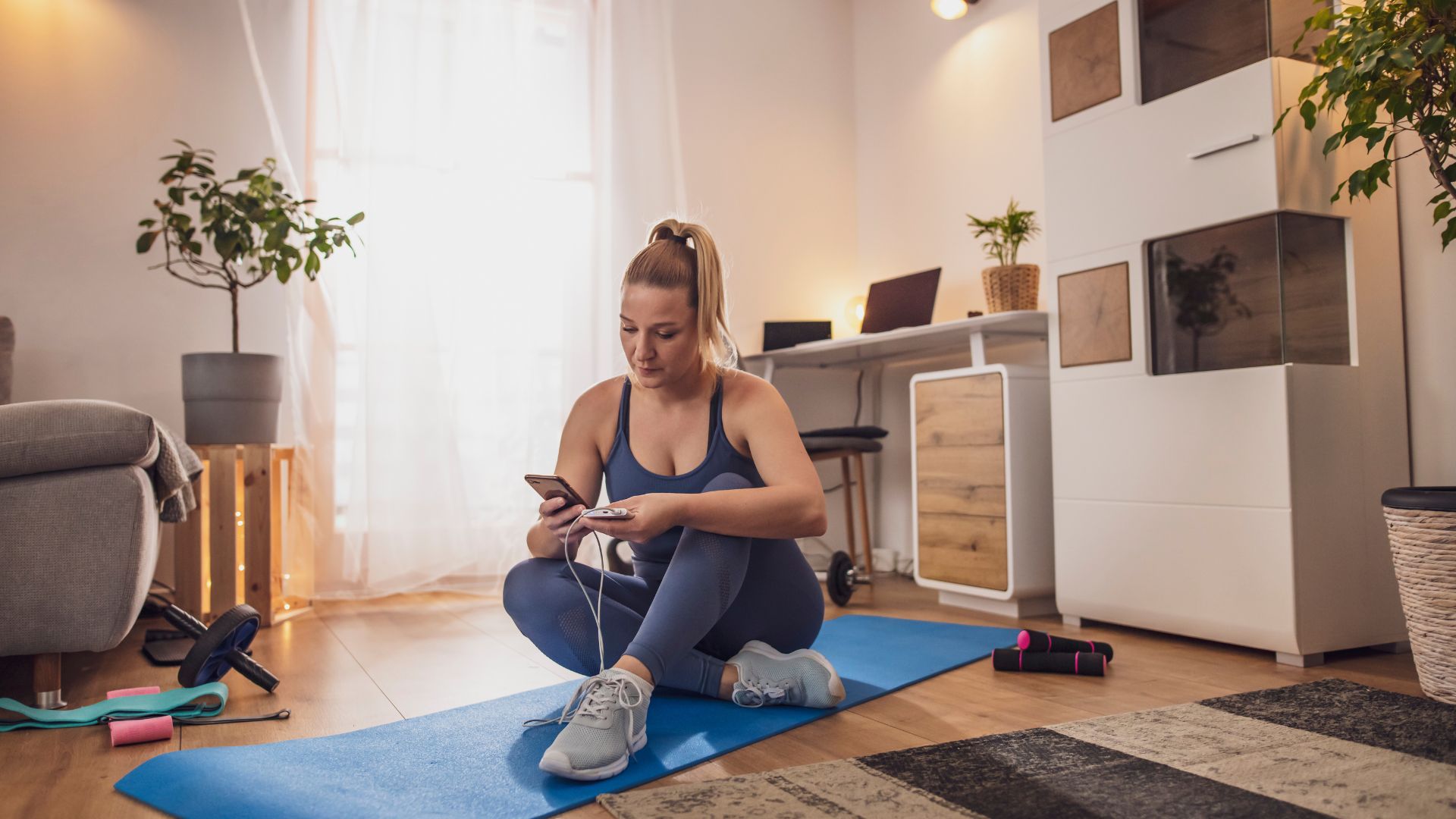
Whether you’re trying to build strength and muscle at home, or in the gym, a plan is key for progress, as is tracking that progress. Not only does a plan provide you with a guide for action, but it will also help you identify progress that’s been made. Think about it: how will you know if you’ve got better at doing push-ups if you’re, firstly, not doing them consistently each week or, secondly, making note of how many reps you’ve managed to do each week?
4. Follow progressive overload principles
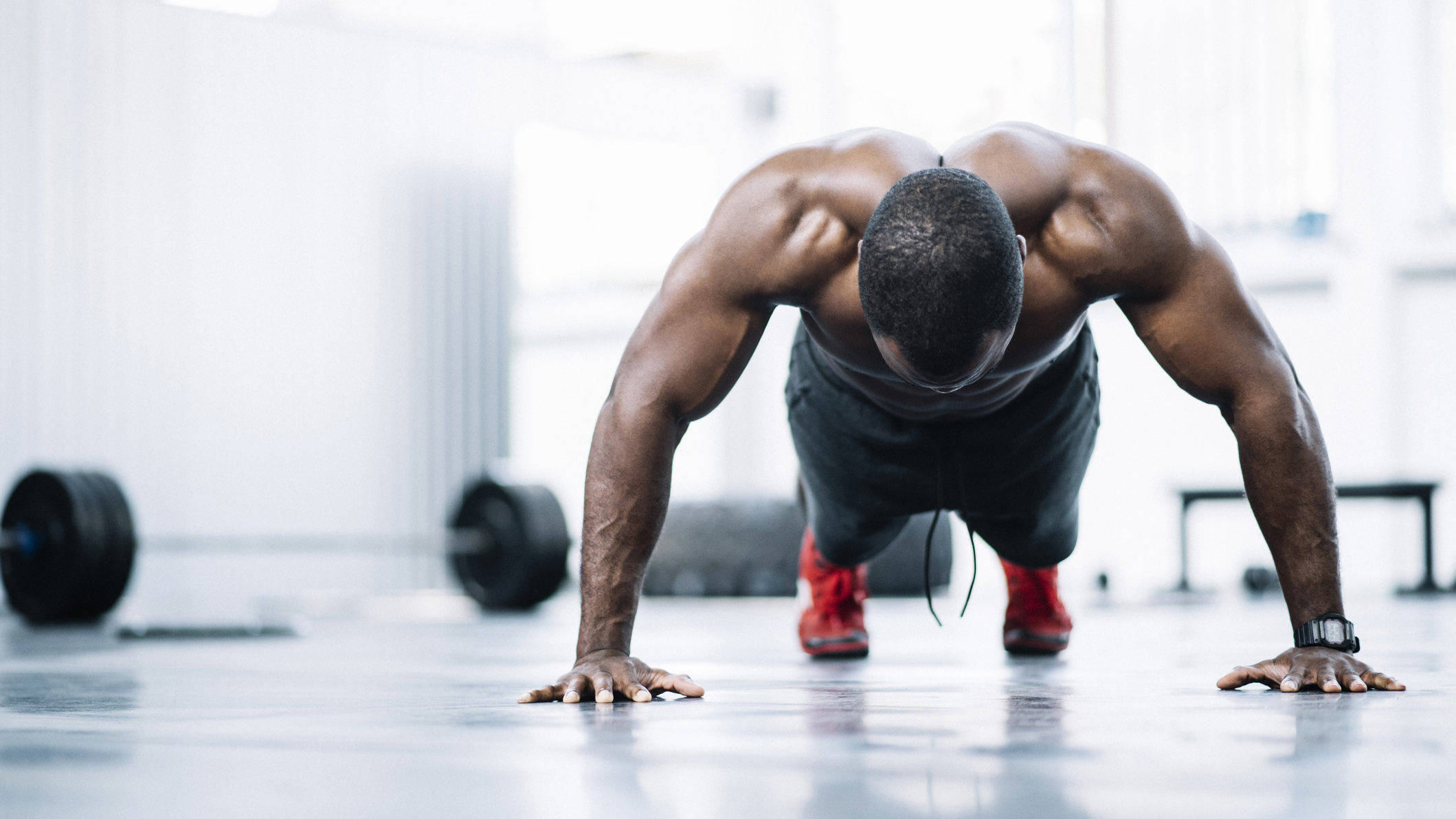
Progressive overload is where you progressively overload your muscles to help them adapt and get bigger and stronger, so it’s key if you want to get stronger, or build muscle. The most common way to do this is by either increasing the weight that you’re lifting, doing more repetitions, or doing time under tension (where you slow down the movement of an exercise to a particular tempo).
If you don’t challenge your muscles, eventually, you’ll hit a plateau and won’t see any changes in your body. This is why progressive overload is so important and why we mentioned that it's a good idea to get a pair of dumbbells as, while you can use your body weight to build strength and size, there will come a time when this becomes too easy. When you’re able to complete all your reps/sets with proper form, this is a good sign that it’s time to start implementing progressive overload principles.
5. Keep it simple

If you find that you’re always pushed for time, then it’s best to keep workouts short and simple. Hours and hours of training isn't necessary, as we mentioned earlier, training your major muscles twice a week, is enough for building strength and muscle.
Full-body workouts are particularly good as they often consist of compound movements. These are great for building functional strength, improving your cardiovascular fitness (as working more muscles elevates your heart rate more), and ensures no muscles are left untouched.
We’ve got plenty of full-body workouts here at T3, like this 7-move dumbbell workout that should take you no longer than 30 minutes, or this speedy 15-minute workout that's great for beginners looking to build total body strength.






